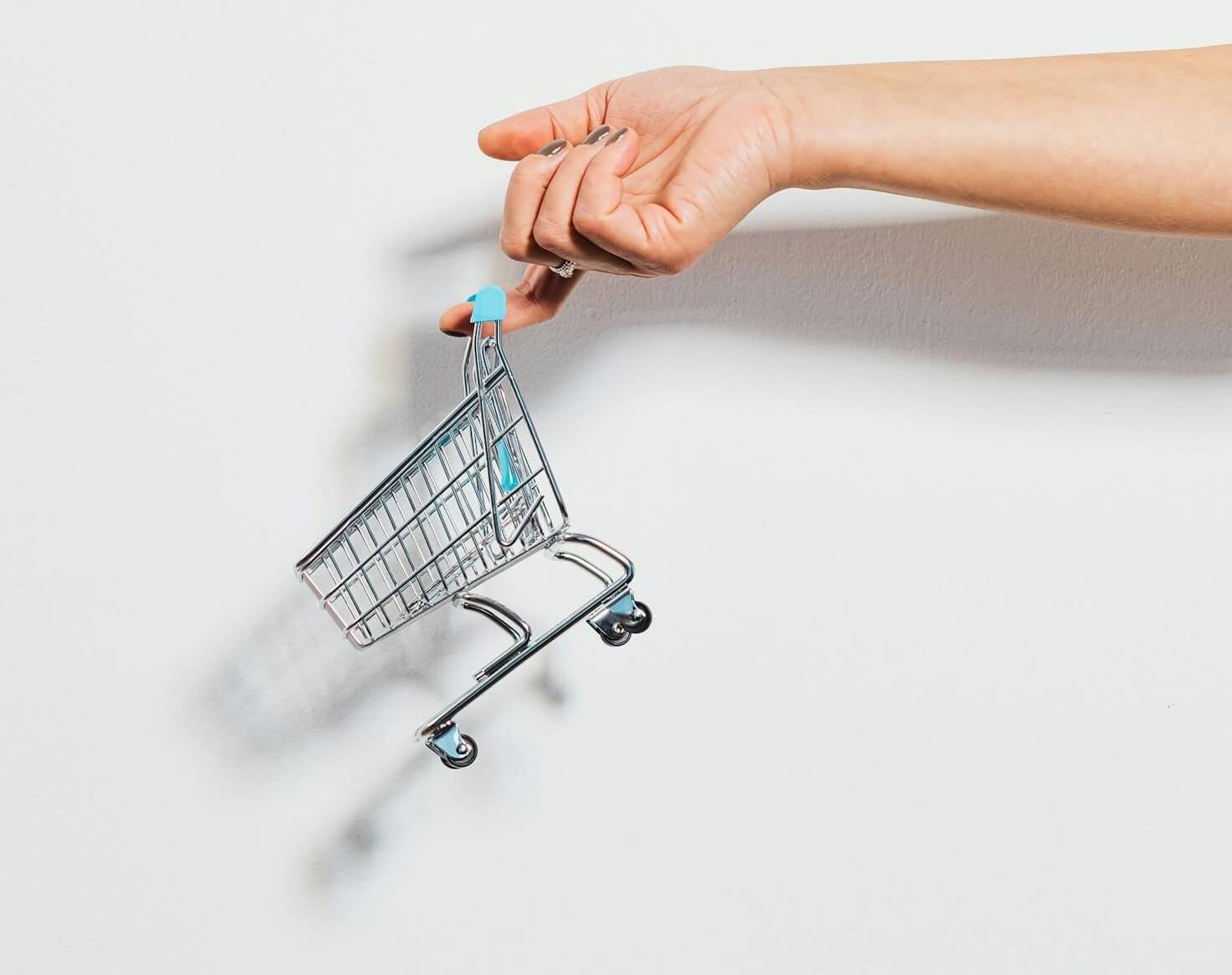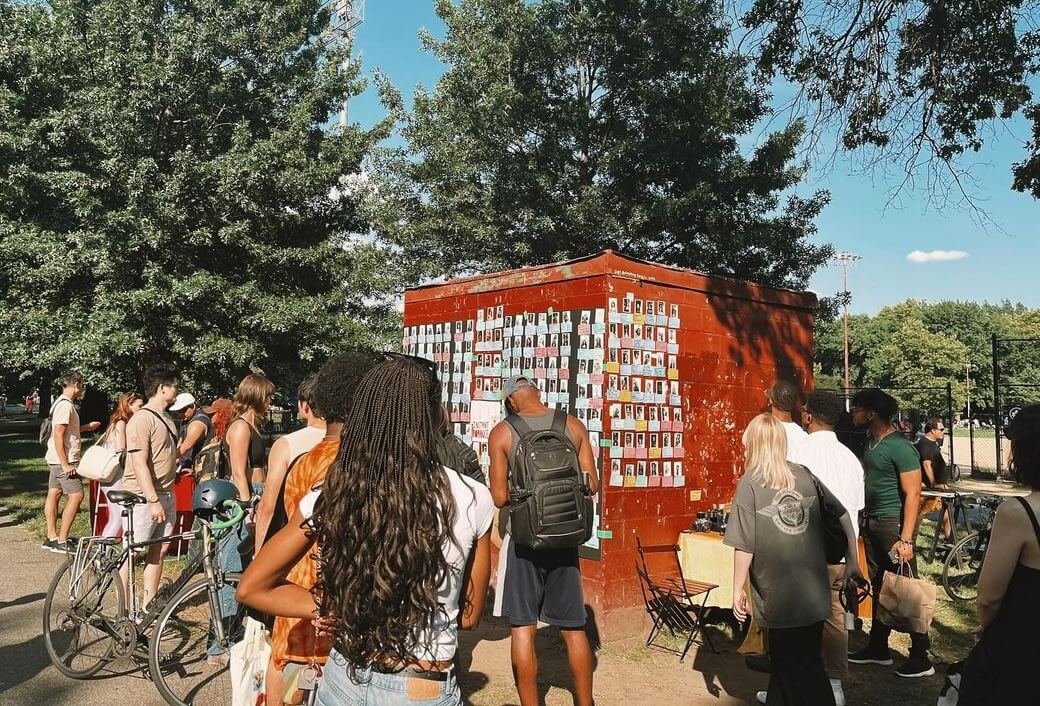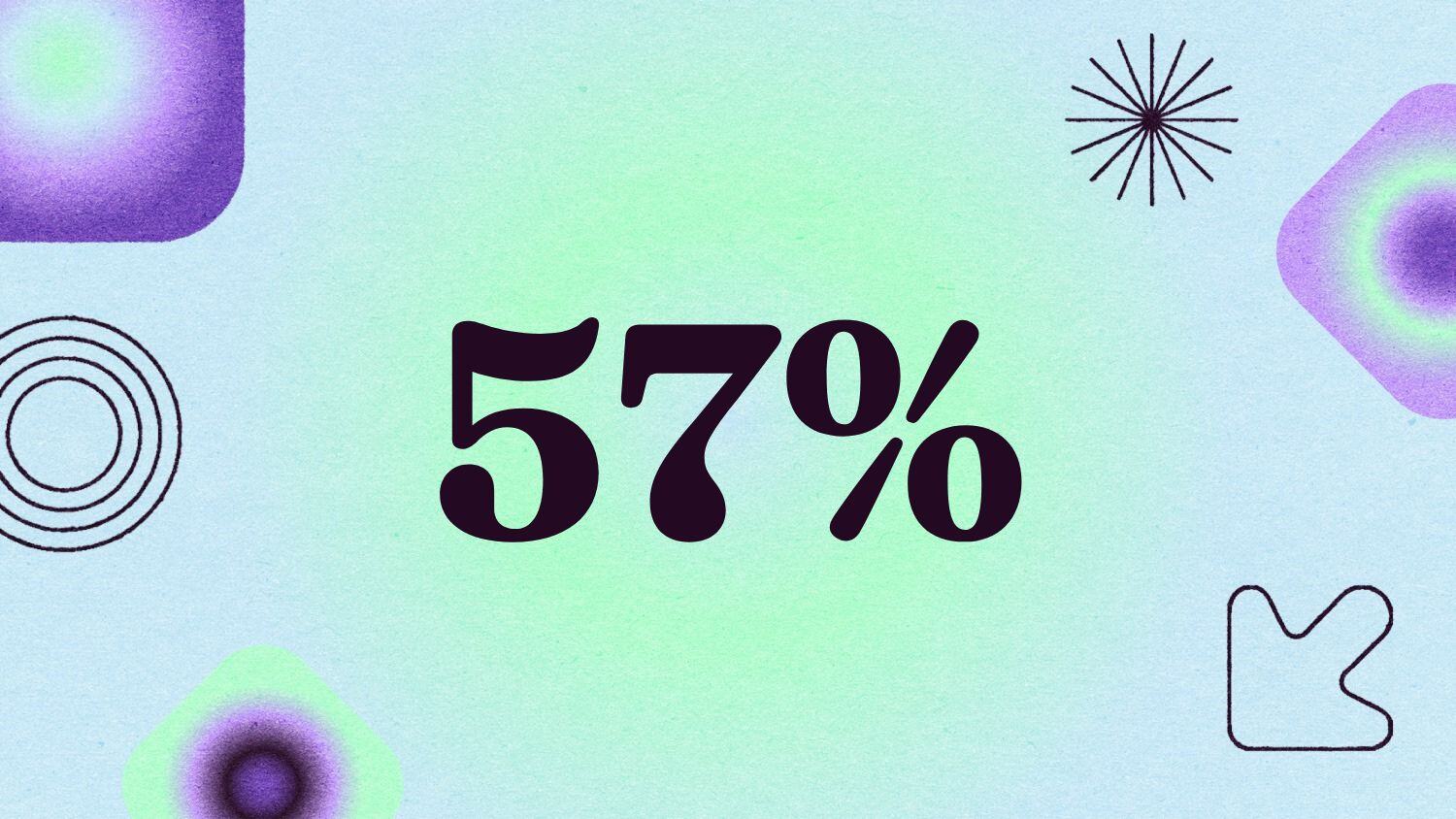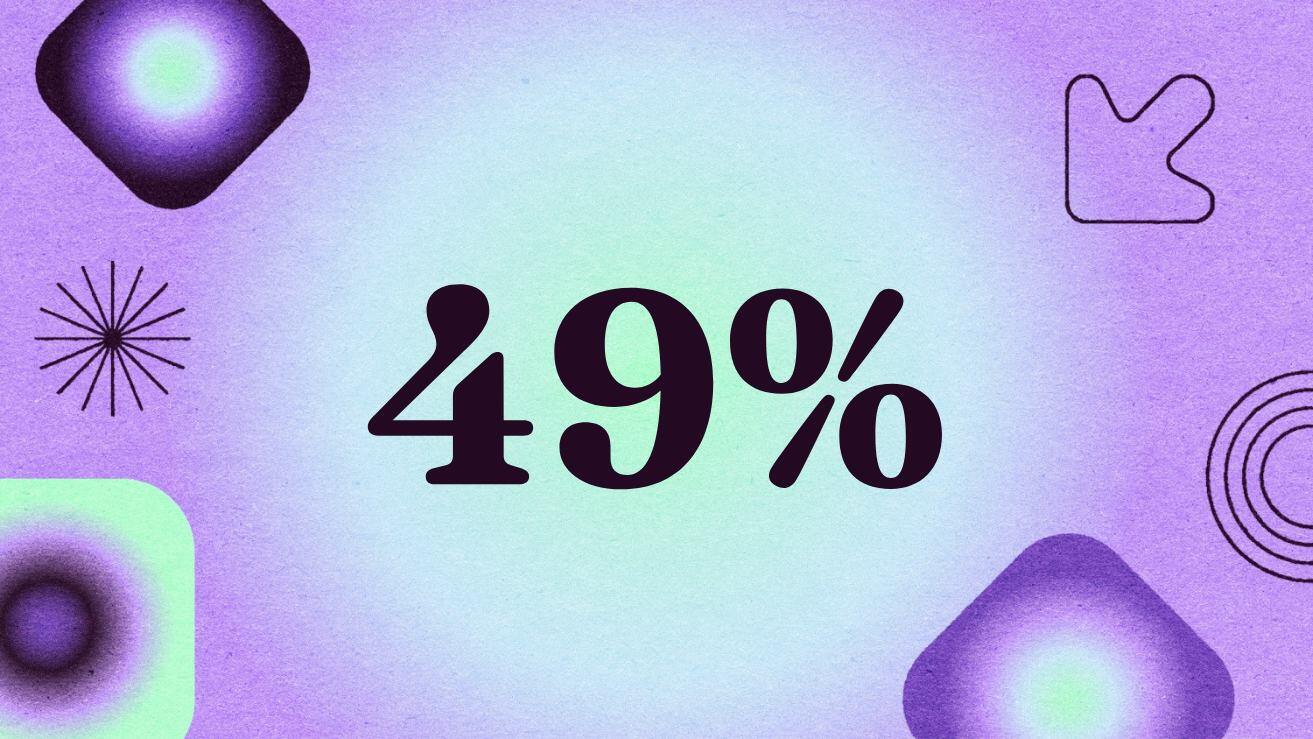The so-called 'millennial lifestyle subsidy' — convenience offered at low prices by a slew of venture capital-backed apps and services — is coming to an end. No more free money means apps are raising prices, while higher interest rates (and inflation) are also cutting into consumer spending power. Many are still happy to pay for convenience, as witnessed by strong Q2 earnings posted by Instacart and DoorDash.
Others, once accustomed to cheap rides and meal deliveries, are now seeking alternatives. Reporting on the shift, Business Insider describes 31-year-old Sarah Manley facing sticker shock: "If I was using rideshares and the delivery apps and everything the way I was, I would run out of money each month," she says. Some people are ditching delivery and reverting to old-fashioned, pre-app shopping habits; others are getting creative and thrifty, comparing prices across platforms and using public transit more often.
Companies are refining their pricing models and strategies, too. Bilal Baydoun of the Groundwork Collaborative warns that dynamic pricing could become more widespread, making budgeting difficult for consumers: "It's making people miserable to not know what things cost." As businesses pursue new pricing tactics, customer loyalty may erode (or worse, as witnessed by the backlash against supermarket Kroger for alleged price gouging by way of electronic shelf labels). The good news? Caution and concerns create space for empathic brands to demonstrate they understand the plight of value-focused consumers.
Select your country
- Argentina
- Australia
- Austria
- Belgium
- Brazil
- Cambodia
- Canada
- Chile
- China
- Colombia
- Costa Rica
- Croatia
- Czechia
- Denmark
- Estonia
- Finland
- France
- Germany
- Ghana
- Greece
- Guatemala
- Hong Kong
- Hungary
- Iceland
- India
- Indonesia
- Ireland
- Israel
- Italy
- Japan
- Kenya
- Latvia
- Lithuania
- Malaysia
- Mexico
- Morocco
- Netherlands
- Nigeria
- Norway
- NZ
- Paraguay
- Phillippines
- Poland
- Portugal
- Puerto Rico
- Romania
- Serbia
- Singapore
- Slovakia
- Slovenia
- South Africa
- South Korea
- Spain
- Sweden
- Switzerland
- Taiwan
- Thailand
- Turkey
- UAE
- UK
- Ukraine
- US
- Uruguay
- Venezuela
- Vietnam
Select your country
- Argentina
- Australia
- Austria
- Belgium
- Brazil
- Cambodia
- Canada
- Chile
- China
- Colombia
- Costa Rica
- Croatia
- Czechia
- Denmark
- Estonia
- Finland
- France
- Germany
- Ghana
- Greece
- Guatemala
- Hong Kong
- Hungary
- Iceland
- India
- Indonesia
- Ireland
- Israel
- Italy
- Japan
- Kenya
- Latvia
- Lithuania
- Malaysia
- Mexico
- Morocco
- Netherlands
- Nigeria
- Norway
- NZ
- Paraguay
- Phillippines
- Poland
- Portugal
- Puerto Rico
- Romania
- Serbia
- Singapore
- Slovakia
- Slovenia
- South Africa
- South Korea
- Spain
- Sweden
- Switzerland
- Taiwan
- Thailand
- Turkey
- UAE
- UK
- Ukraine
- US
- Uruguay
- Venezuela
- Vietnam

















![In-game image from [Beetlejuice] Escape the Afterlife on Roblox](https://www.trendwatching.com/hubfs/beetlejuice-escape-the-afterlife-immersive-experience-on-roblox.jpg)

